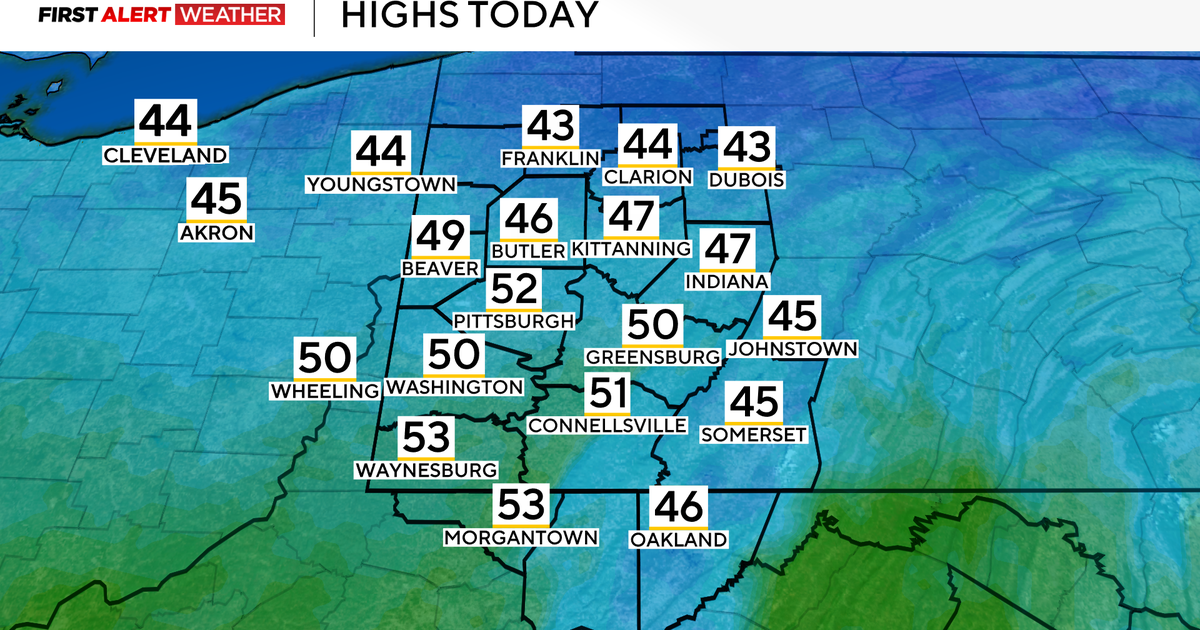What causes windy weather? It all starts with the sun.
Most times we ignore it, sometimes we fear it, but bottom line, wind is vital to the survival of our planet and is probably a bit more complex than you think.
Simply put, wind is the movement of air. But what causes air to move in the first place? That is where it gets interesting.
A world without wind
Picture a world that was completely flat and motionless. This world has no changes in elevation, no changes in surface material (land vs. oceans etc). In this theoretical and boring world, the sun would heat each area exactly the same. This would be a world without wind.
Related: What is dew point?
How high and low pressure relate to wind
Thankfully, Earth is vastly different. We live on a constantly rotating, tilting sphere with large variations in land elevation and vast oceans. The sun heats each of these areas differently and therefore unevenly. This differential heating creates areas of high and low pressure, something we call the pressure gradient force.
Air is constantly flowing from high pressure areas to lower pressure areas in an effort to balance out.
But wait, there's more!
The Coriolis Force
Air doesn't flow in a direct line from high to low pressure. Instead it is curved due to something called the Coriolis Force.
The Coriolis Force is caused by the Earth's rotation, and it directs air to flow clockwise around high pressure and counter-clockwise around low pressure.
Air is also moving in a vertical direction. Areas of high pressure are characterized by sinking air, which tends to warm and lead to sunny, pleasant weather. In low pressure areas, the air rises, cools and condenses into clouds, leading to storms.
In the southern hemisphere all of those directions are reversed.








